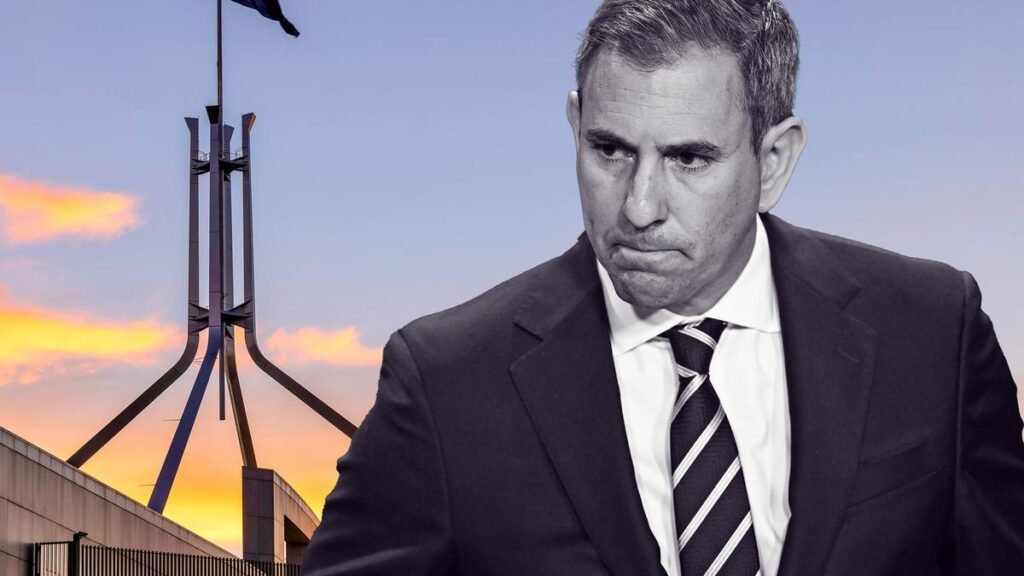Australia’s economy is experiencing sluggish growth, as families and businesses are hesitant to spend and government expenditures decrease.
Recent figures from the Australian Bureau of Statistics reveal that economic growth for the year leading up to March was only 1.3 percent, with quarterly growth figures disappointing at just 0.2 percent.
This rate is significantly lower than the growth seen in recent decades. The average income per person has decreased, continuing a downward trend that began in 2022.
These figures have led to speculation that the Reserve Bank may feel compelled to reduce interest rates again next month; however, opinions among economists vary.
“There is nothing positive in the national accounts released today,” remarked Cherelle Murphy, Chief Economist at EY.
“Some of the sluggishness can be attributed to temporary weather events that have hindered export growth and impacted tourism and local spending, but the overall sentiment in the business sector and among households is concerning.”
She indicated that the data contains warning signs suggesting that policymakers need to implement changes to stimulate economic growth.
Consumer spending saw a slight increase as Australians purchased more clothing and new vehicles. However, the annual growth of 0.7 percent remains weak.
There was a rise in investment in new homes and construction.
Yet, private sector activity struggled to compensate for reduced government investment in energy, communications, and infrastructure projects.
This indicates that the country is in a gradual transition from a significant post-COVID government spending surge to a phase of private sector growth.
Productivity, which gauges the value produced per hour worked, declined by 1 percent over the year.
“Today’s data fell significantly short of expectations, highlighting that Australia’s economic growth has come to a standstill,” stated Cameron McCormack from investment firm VanEck.
David Bassanese, Chief Economist at Betashares, noted that the economy is “still limping along.”
“While specific factors like cyclones, heavy rains, and flooding in parts of the east coast contributed to the GDP weakness, it is clear that underlying consumer spending and business investments remain quite restrained,” he added.
However, Treasurer Jim Chalmers commented that “any growth is a reasonable outcome” given the current global uncertainties.
He mentioned that the gradual recovery of private sector spending — from both businesses and households — is “taking hold.”
“Our economy continues to grow despite significant challenges at home and internationally,” he said.
AMP predicts another interest rate cut in July, while ANZ cautioned that the Reserve Bank might wait longer.
“We believe the economy is in a better position than the quarterly growth figures indicate,” commented Adam Boynton from ANZ.
“Household incomes are improving, and we don’t see the drop in public demand affecting growth as a new trend.”
“Therefore, we don’t think today’s data will prompt the Reserve Bank to cut rates in July.”
This data period followed the Reserve Bank’s rate cut in February and came before US President Donald Trump’s tax hikes on trade, dubbed “liberation day.”
Economists have recently downgraded their forecasts for the March quarter in light of a series of disappointing results.
ANZ anticipated a growth of 0.2 percent, while Commonwealth Bank expected 0.3 percent growth.

